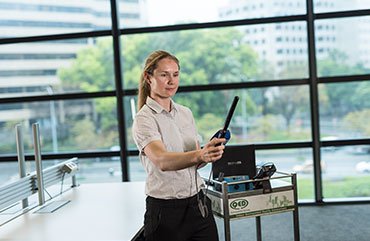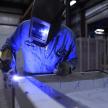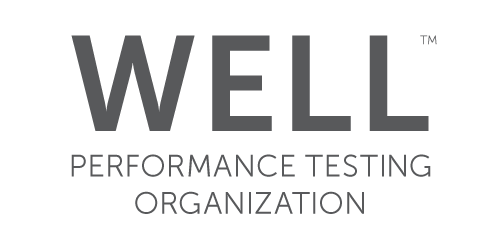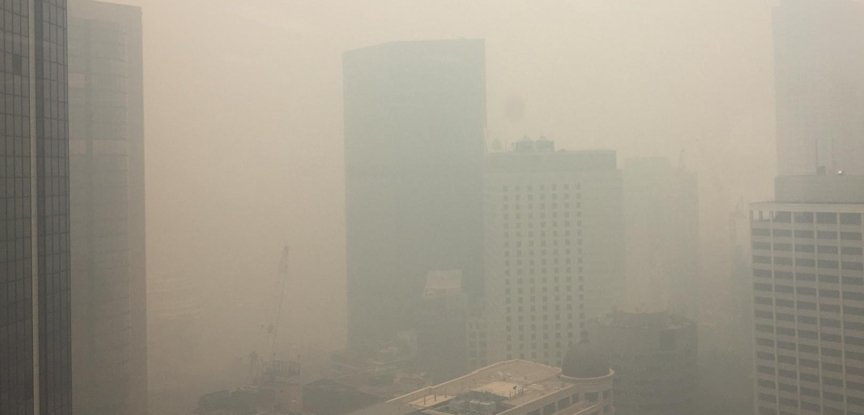
17th
How to respond to tenant queries during smoke haze events
By Joe Scholz, Director
I have fielded a few questions from facility managers about how to respond to tenant’s enquiries about air quality during smoke haze events.
The poor air quality outdoors which arises from bushfire smoke haze, is due to fine particulates within the air.
There is also an odour associated with smoke haze, ‘the campfire odour’, but this is not actually an issue in terms of negatively impacting the health of the building occupants.
The health issue is the very fine particulates that may lodge deep in the lung which can exacerbate or trigger pre-existing respiratory conditions such as asthma.
Most reasonably sized buildings – office, retail, healthcare – with a centralised air conditioning plant, will have superior air filtration to residential buildings. So if you are trying to avoid the effects of smoke haze it may be better to be at work than at home – assuming you work in a reasonable quality office building (and provided your commute won’t increase your exposure too much).
Many buildings we audit for NABERS Indoor Environment ratings have high quality filters (filter rating F8 or MERV 14) that exceed Australian Standards (minimum filter rating G4 or MERV 7). These filters are specially designed to achieve the flow rates required to provide occupants with enough fresh air, whilst not overloading the system.
If you are a Facility Manager responding to a tenant enquiry, it may be helpful to quote your building’s NABERS IE rating (if you have one) as indicative of the air quality in general and filtration specifically (NABERS IE assessment does include testing for particulates).
Additional actions that Facility Managers may consider are:
- Service your air filters. The high particulate load of a heavy smoke haze event can quickly fill the filters (see the photo below that we took this week). Consider upgrading the filters to a higher grade temporarily.
- Reduce the outside air rate to 10-20% of the outside air flow rate potential. This will minimise smoke haze entering the building, but ensure there is some outside air to dilute the carbon dioxide which will build up due to occupants in the building. Carbon dioxide is itself an air contaminant and will cause headaches, lethargy and lower productivity at moderate concentrations.
- Minimise other openings that may let air into the building (i.e. reduce building leakage as much as possible). This would include ensuring all front lobby doors are closed as much as possible, draughts from outside to the loading dock and into the building are minimised, and all air conditioning units are closed up correctly and sealed.
- Install additional odour filtration of the outside air (even though the odour is not a health issue, it is noticed by the building occupants with the perception that it may be causing health impacts). This would be activated carbon filters. The outside air damper bank could be altered so only one set of damper blades open, and this bank is filtered with carbon filters.
- Continuous monitoring of PM2.5 (fine particulates) could be conducted within, as well as outside the building, to show the reduction in particulates indoors due to the current filtration and any additional actions above, and provide data and information for dissemination to Tenants.
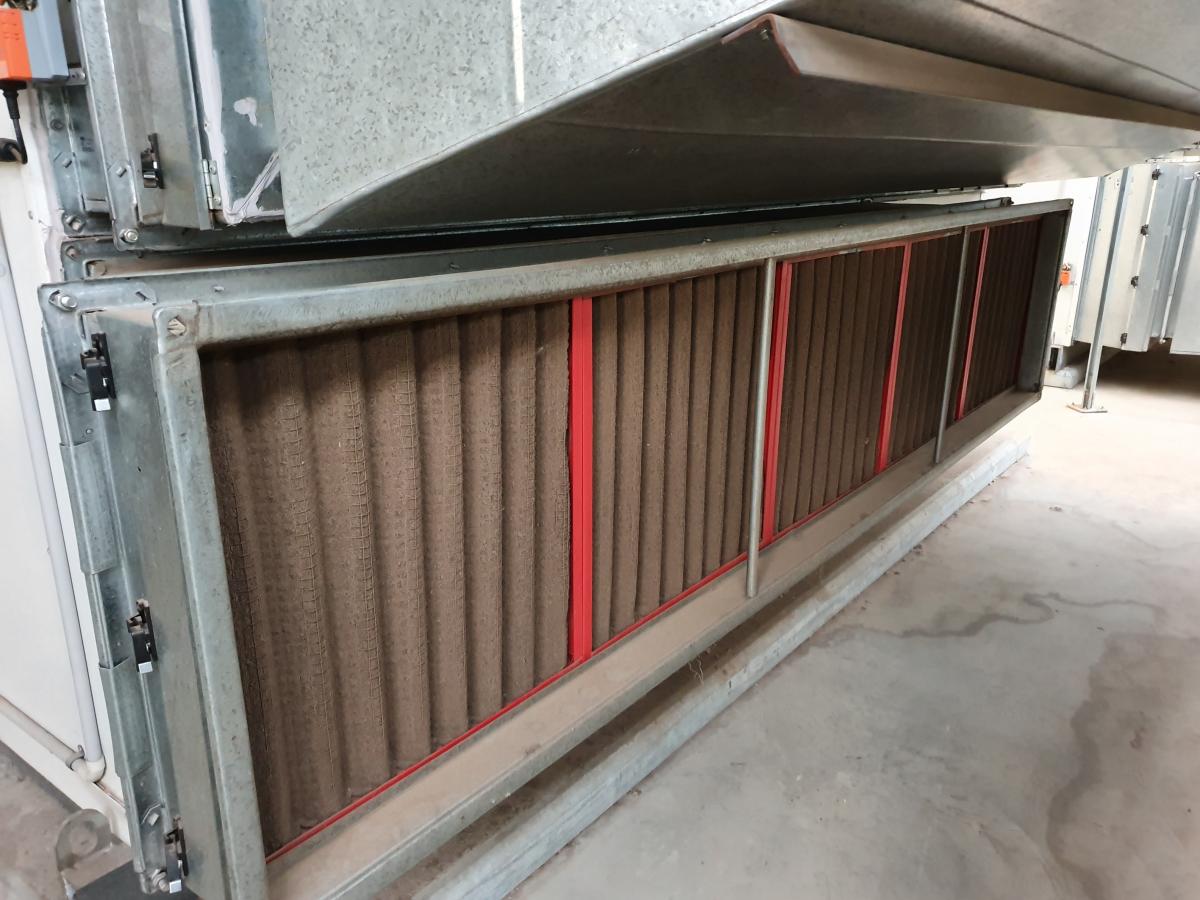
Categories
Recent Posts
Changes to the workplace exposure standard for welding fumes
15th Mar
On January 18, 2024, SafeWork Australia made a significant adjustment to the Workplace Exposure Standard (WES) for Welding Fume (not otherwi...
Pseudomonas aeruginosa and the Water Quality Management Plan - it's not just about Legionella.
23rd Feb
Pseudomonas aeruginosa could be responsible for a high burden of disease, and should always be included in a risk management plan....
Navigating the New Norm: Prioritising Indoor Air Quality for Events and Venues
06th Feb
Throughout 2023 there was a surge in venue managers looking to help clients feel at ease in regards to indoor air quality....



